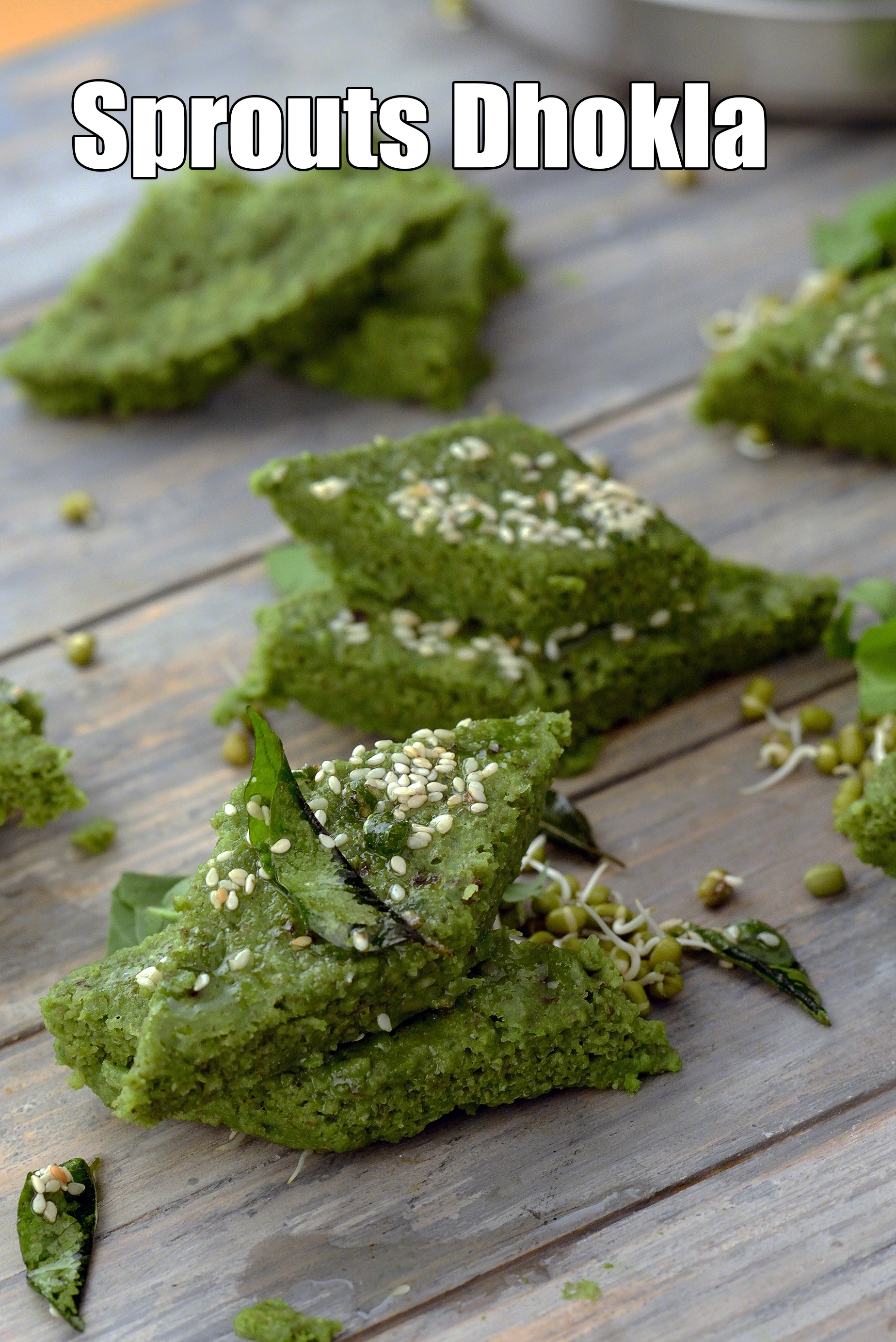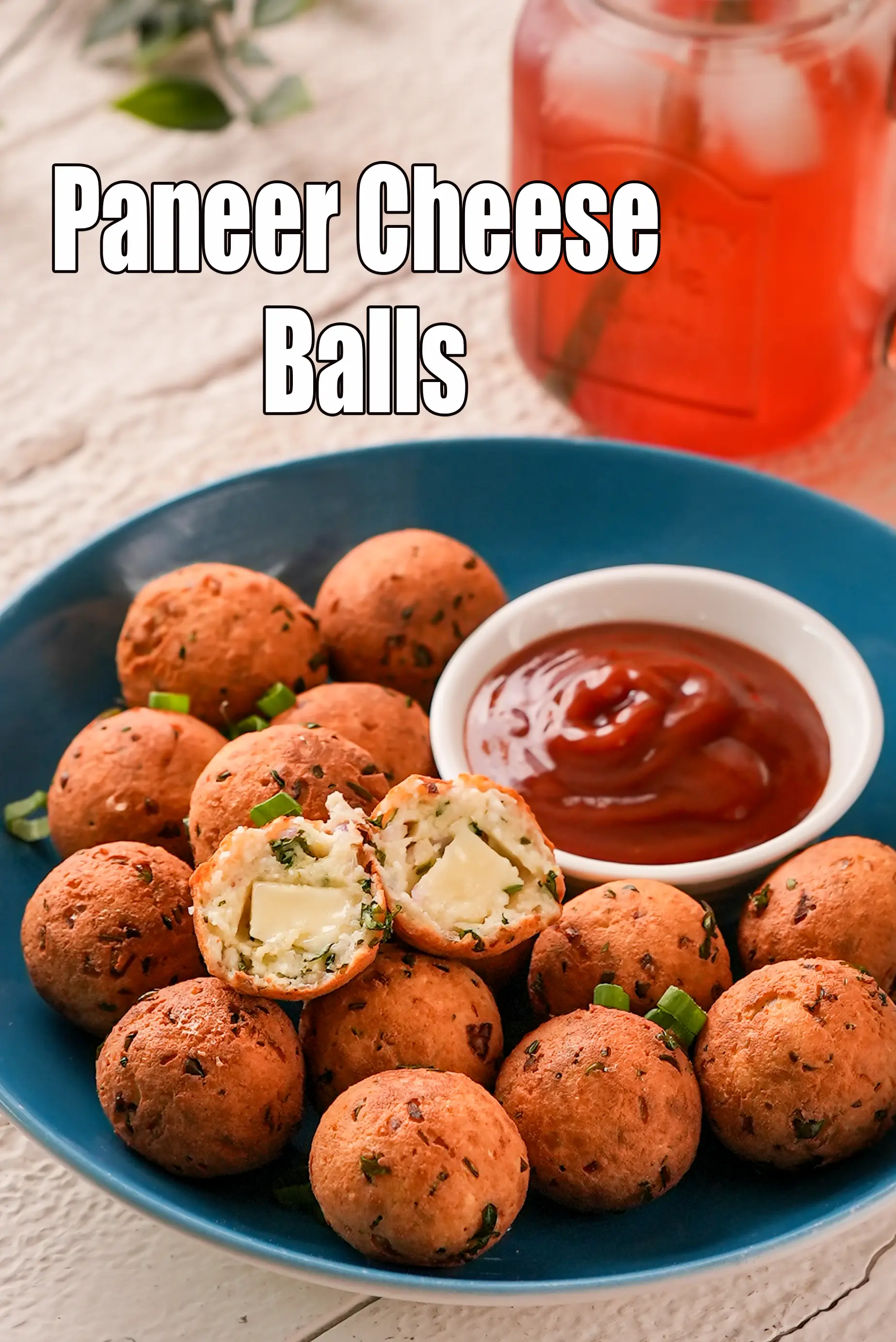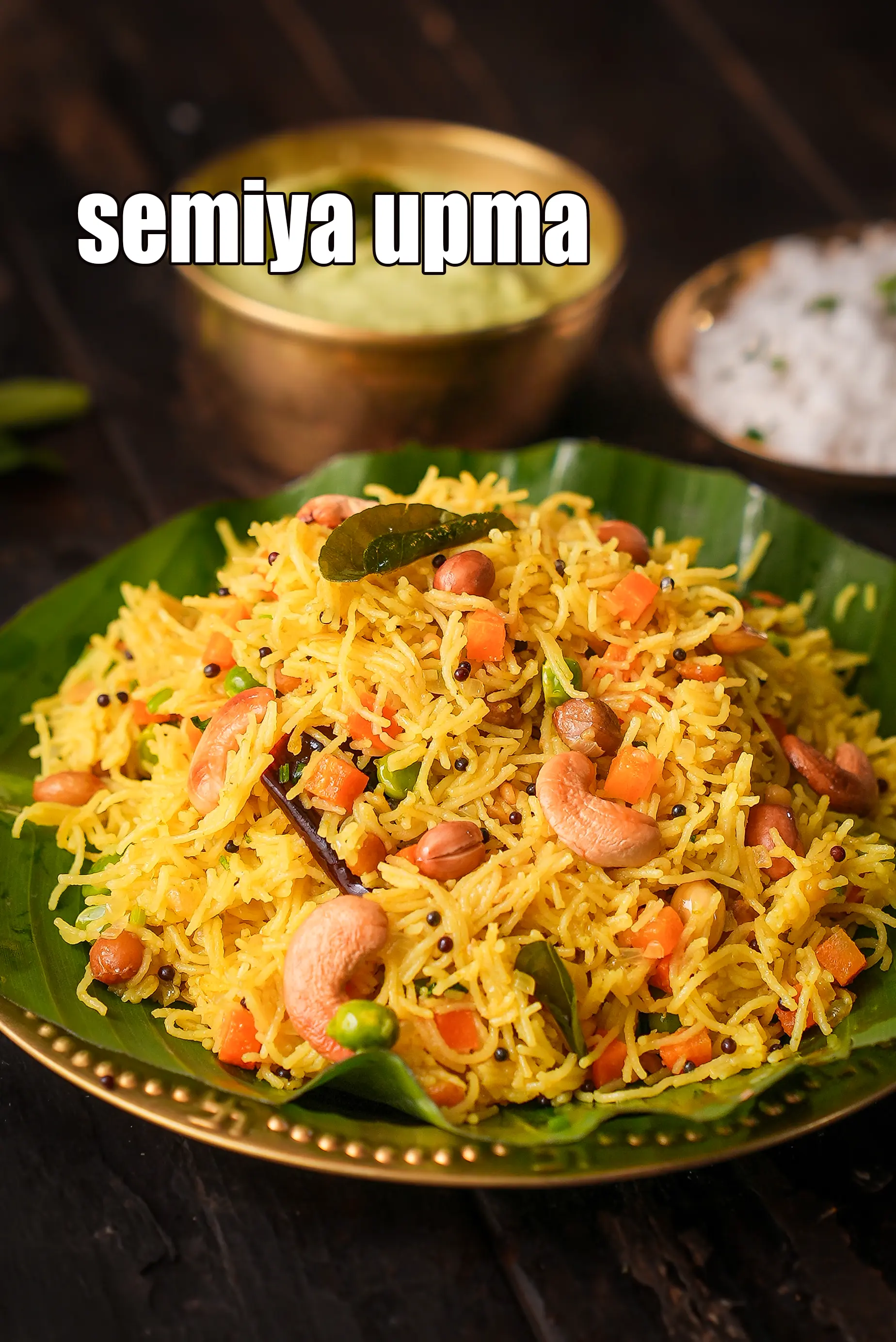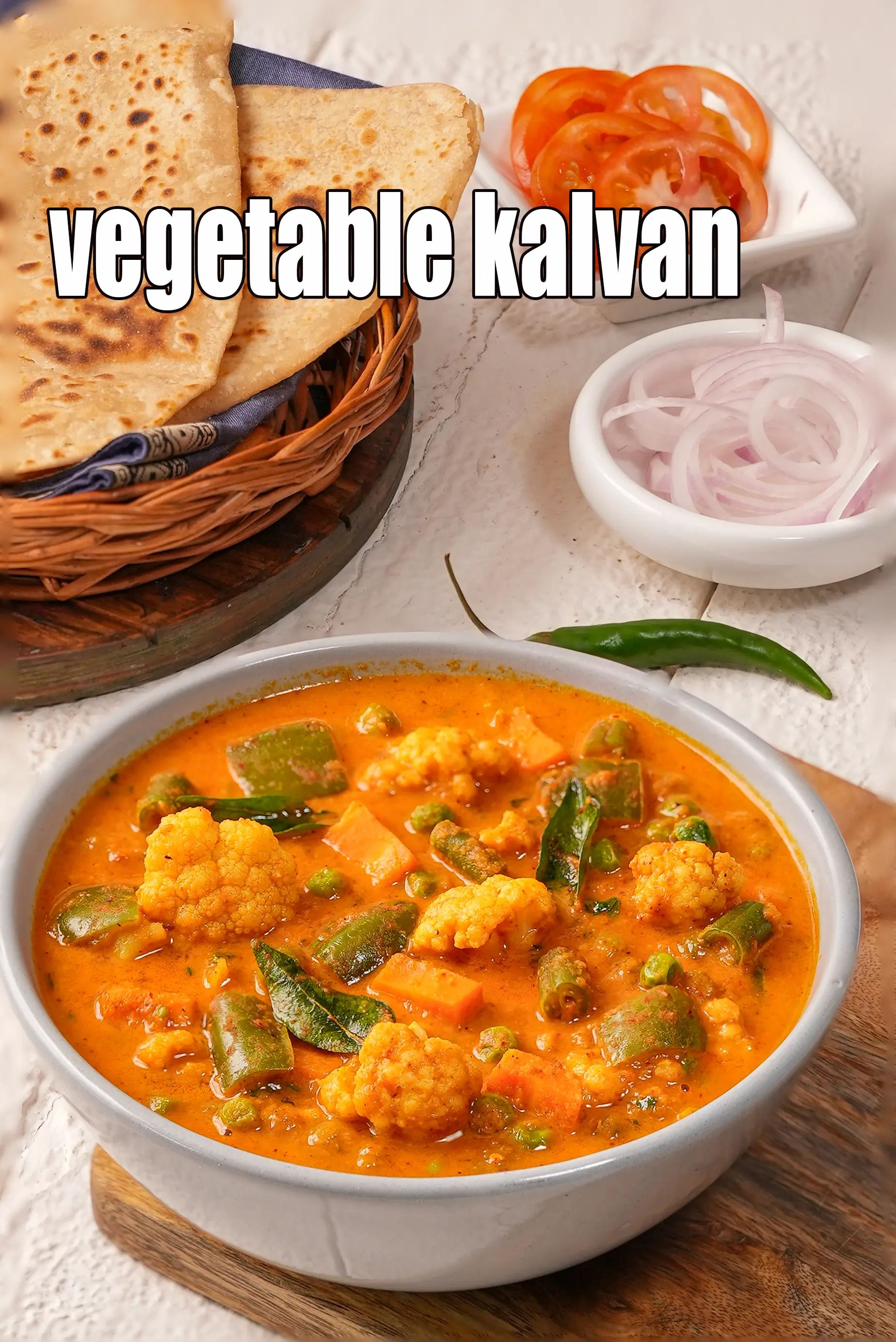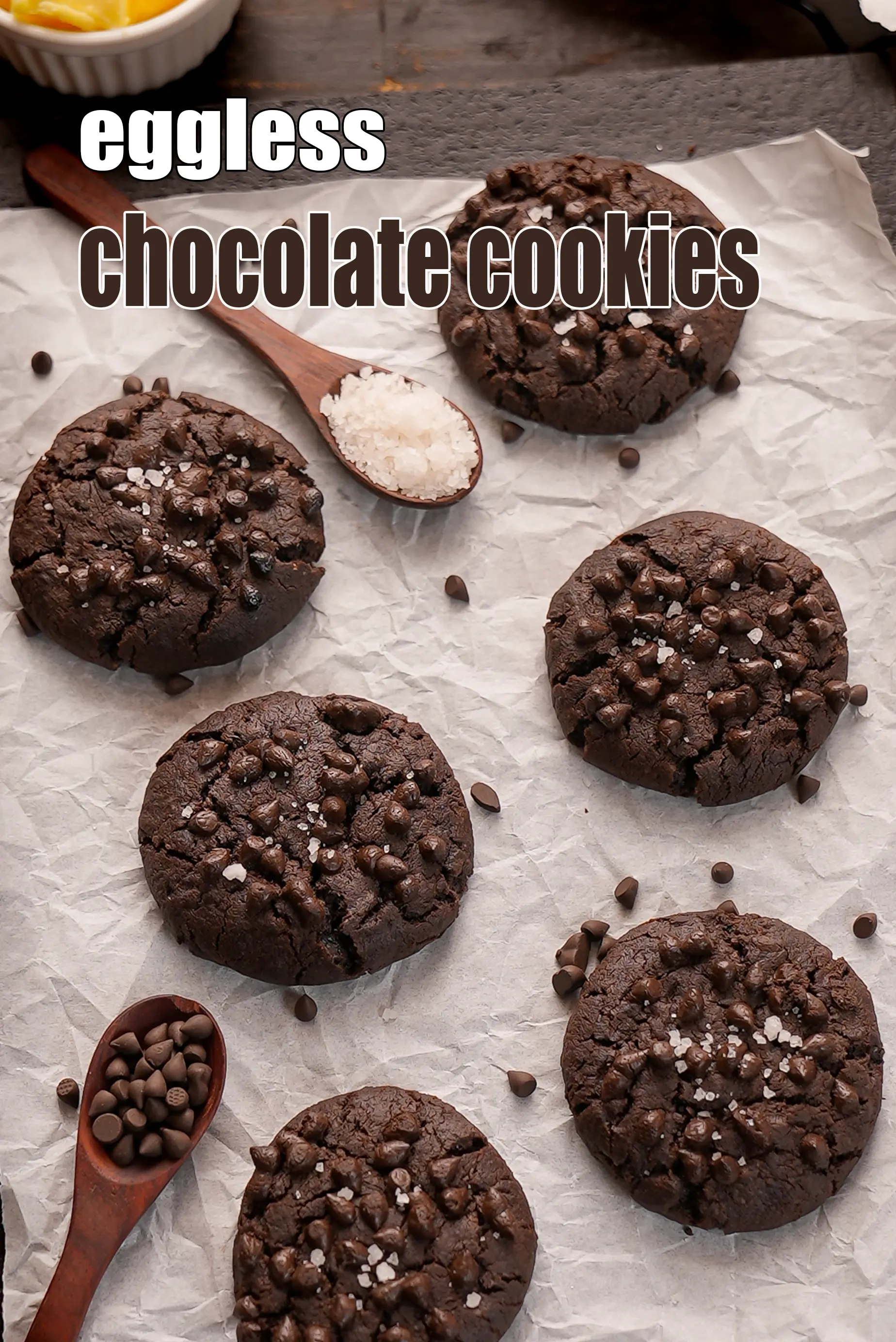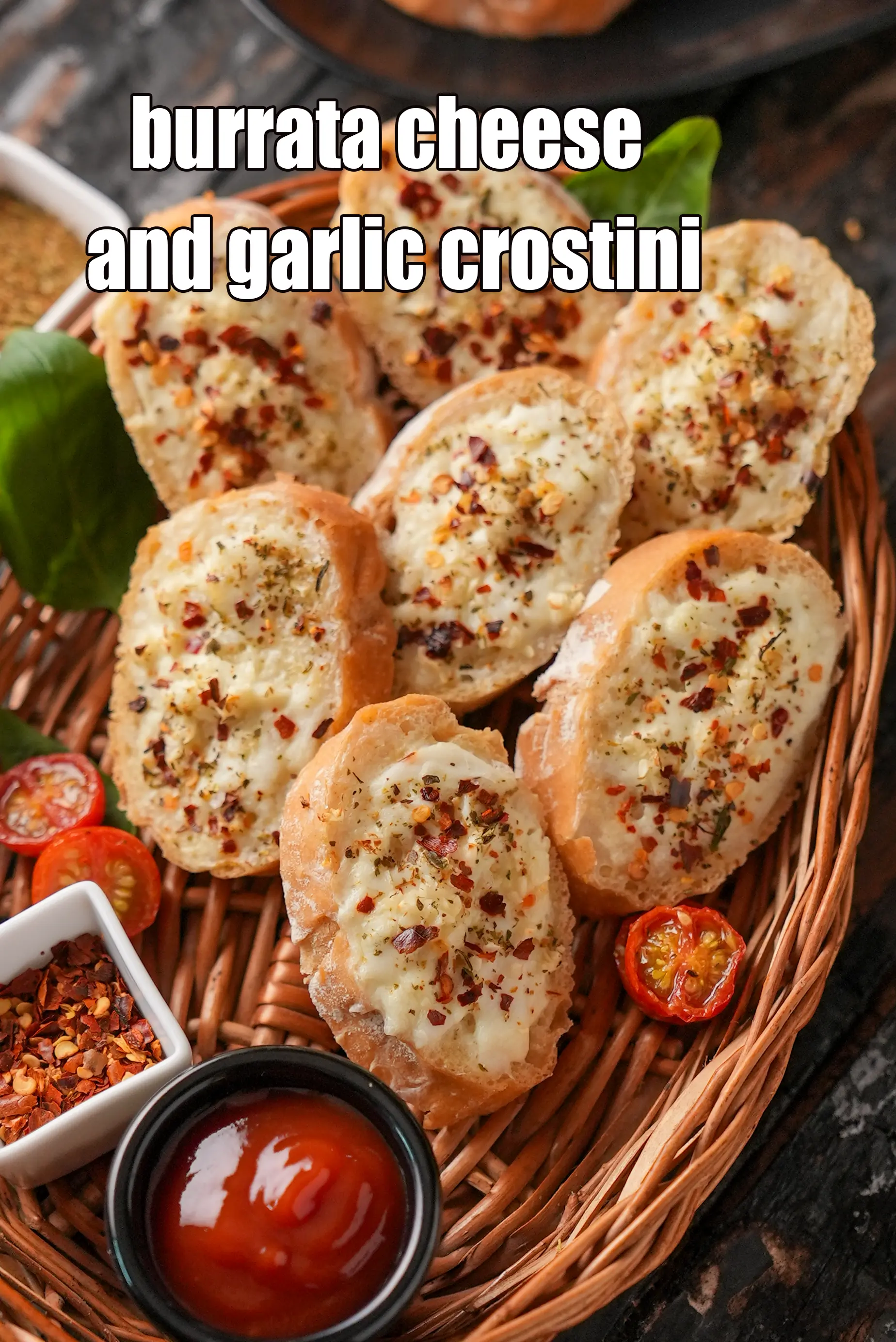Nutritional Facts of Rajma and Urad Dal, Calories in Rajma and Urad Dal
This calorie page has been viewed 29892 times
Healthy Indian Recipes
Healthy Indian Recipes
Course
Table of Content
How many calories does one serving of Rajma and Urad Dal have?
One serving of Rajma and Urad Dal (200 grams ) gives 126 calories. Out of which carbohydrates comprise 77 calories, proteins account for 27 calories and remaining calories come from fat which is 22 calories. One serving of Rajma and Urad Dal provides about 6 percent of the total daily calorie requirement of a standard adult diet of 2,000 calories.
Rajma and Urad Dal recipe serves 6, 200 grams per serving.
See recipe rajma and urad dal recipe |rajma and urad dal recipe | homestyle dal makhani | red kidney bean and urad dal | healthy Punjabi rajma dal |
rajma and urad dal is a daily fare of North Indian cuisine. Learn how to make Punjabi rajma dal.
A pan of mixed pulses, this homestyle dal makhani is seasoned with spices and lots of garlic, cooked in just two teaspoons of oil as compared to the traditional dal which is made with oodles of oil. Apart from delighting you with its lip-smacking flavour and aroma.
To make rajma and urad dal, clean, wash and soak the rajma, chana and urad dal in a deep bowl with enough water overnight. Drain the soaked dals, add 4 cups water and salt, mix well and pressure cook for 4 whistles. Allow the steam to escape before opening the lid. Keep aside. Heat the oil in a deep non-stick pan, add the garlic, onions and green chilli paste and sauté on a medium flame for 1 minute. Add the tomatoes, chilli powder, cumin seeds powder, little salt and 2 tbsp of water, mix well and cook on a medium flame for 2 to 3 minutes, while stirring occasionally. Add the cooked dals and coriander, mix well and cook on a medium flame for 2 to 3 minutes, while stirring occasionally. Add the lemon juice, mix well and serve hot.
Red kidney bean and urad dal is high on the nutrition scale. It boosts your iron, fibre and vitamin C levels along with protein. The addition of a cupful of tomatoes increases your antioxidant lycopene intake too! To make a sumptuous and nourishing meal, serve this dal hot and fresh with hot chapatis instead of naan and ghee laden parathas.
This healthy Punjabi rajma dal which is popular with many, suits a diabetic and healthy heart menu as well. It is a lovable dal made of common ingredients combined intelligently in a quick and easy but exceptionally tasty form!
Tips for rajma and urad dal. 1. Soaking rajma and dal overnight is very important. So plan the recipe well in advance. 2. Do not cook after adding the lemon juice, as it is high in vitamin C which can be lost upon heating. 3. If you are going to serve it later, adjust the consistency with water while re-heating.
Is Rajma and Urad Dal healthy?
Yes, rajma and urad dal is healthy. Made up of rajma, chana dal and chilkewali urad dal with lots of tomatoes and coriander.
Let's understand the ingredients.
What's good.
Rajma : One cup of cooked kidney beans has 26.2% of your daily Magnesium requirements. Rajma is a complex carb and rich in Fibre which helps in Lowering Cholesterol levels. Rajma is rich in Potassium which is critical for those with High Blood Pressure as it lessens the impact of sodium. Eating rajma is good for diabetics due to high fiber in it. See here for 10 health benefits of rajma and why you should eat it.
Chana Dal : One cup of cooked Chana Dal provides 33% of your protein for the day. Chana dal is Heart and diabetic friendly, also rich in fiber. Read this article on complete benefits of chana dal.
Chilkewali Urad Dal : Good source of protein, iron, folic acid and calcium.
Urad Dal : 1 cup of cooked urad dal gives 69.30% of your daily requirement of folic acid. The folic acid in urad dal helps your body to produce and maintain new cells, especially red blood cells. Being rich in Phosphorus it works with Calcium to build our bones. It is also high in fibre and good for heart, good for lowering cholesterol and good for diabetes. See here for 10 super benefits of urad dal.
Tomatoes : Tomatoes are extremely rich source of Lycopene. Tomatoes are a powerful antioxidant, super rich in Vitamin C, good for heart. Tomatoes are a Pregnant women's friend. Read about 13 amazing benefits of tomatoes.
Garlic : Garlic has been proven to lower cholesterol. The active ingredient allicin present in garlic aids in lowering blood pressure. Garlic is also alleged to help regulate blood glucose levels for diabetics. Garlic is great for the heart and circulatory system. Garlic has an antimicrobial, antiviral and antifungal function and can help in relieving common cold and other viral infections. To boost your immune system have a garlic clove a day. Garlic is a top anti viral food. The thiosulphate compound, Allicin found in garlic acts as a strong antioxidant and protects our body from damage of free radicals. Read here for complete benefits of garlic.
Onions (pyaz, kanda) : Raw onions are a very valuable source of vitamin C – the immune building vitamin. Along with other phytonutrients from onions, it helps to build WBC (white blood cells) which serves as a line of defence against illness. Yes, it’s a source of many antioxidants, the most important one amongst them being Quercetin. The quercetin in Onions promotes production of HDL (good cholesterol) and lowers total cholesterol in the body. The sulphur in onions act as a blood thinner and prevents blood clotting too. This in turn would lower blood pressure and good for heart, diabetics. Read the benefits of onions.
Green Chillies : Antioxidant vitamin C in green chillies protects the body from effects of harmful free radicals and prevents stress. It is probably the high fiber which helps in controlling blood sugar levels. This it is a welcome addition to a diabetic diet. Suffering from anaemia? Add green chillies to your list of iron rich foods too. For complete details see benefits of green chilli.
Kashmiri chilli: Like red chillies, Kashmiri chillies also have vitamin C, though in smaller quantites than the fresh red chillies. This helps to boost immunity and improve skin health. They also have minute amounts of copper, potassium, manganese, magnesium and iron along with B vitamins. Small amounts of Kashmiri chilli powder can aid digestion, but more quantity can affect the lining of the digestive tract.
Benefits of Cumin Seeds ( jeera) : The most common benefit of jeera known to many is to soothe the stomach, intestine and the entire digestive tract. Cumin seeds are apparently a very good source of iron. A tbsp. of cumin seeds can fulfil nearly 20% of days iron requirement. Even small quantity of cumin seeds has huge amounts of calcium ( see calcium rich Indian foods ) – a bone supporting mineral. They aid is digestion, weight loss and help reduce inflammation. See detailed benefits of cumin seeds, jeera.
Coriander (kothmir, dhania) : Coriander is a fresh herb often used as a flavour enhancer in Indian cooking. It is mainly used as a garnish. This is the best way to use it - no cooking. This preserves its vitamin C content which helps to build our immunity and bring that sparkle to the skin. The antioxidants vitamin A, vitamin C and the quercetin present in coriander works towards strengthening our immune system. Coriander is a fairly good source of iron and folate – the 2 nutrient which help in the production and maintenance of red blood cells in our blood. Good for reducing cholesterol and good for diabetics. Read 9 benefits of coriander to understand details.
Lemon, Lemon Juice : Lemon is a very good source of Vitamin C and thus helps in the production of white blood cells and antibodies in the blood which attacks invading microorganisms, prevents infection and builds immunity. Therefore, Lemon juice is given to prevent common cold. The ascorbic acid in lemon juice helps in absorption of iron from the food. So if you’re iron deficient or have anaemia squeeze a lemon on iron rich recipes. See detailed benefits of lemon, lemon juice.
Note : 1 cup = 200 ml (standard cup available in the market). The weight in grams varies for each ingredient.
Is Rajma and Urad Dal good for diabetics, weight loss and heart patients?
Yes, all three ingredients, rajma, chana dal and chilkewali urad dal are diabetic friendly. Also fat levels are low. It boosts your iron, fibre and vitamin C levels along with protein. The addition of a cupful of tomatoes increases your antioxidant lycopene intake too! So enjoy this recipe.
Can healthy individuals have Rajma and Urad Dal?
Yes.
What should Rajma and Urad Dal be had with?
Pair Rajma and Urad Dal with a bajra roti, jowar roti and whole wheat roti to make a healthy combination. Note that when you combine any dal with any cereal ( bajra, jowar, ragi, whole wheat ) then the protein quality is enhanced.
Bajra Roti
What you should not have Rajma and urad dal with?
We all love Rajma and urad dal with chawal. But, rice will cause a spike in your blood sugar levels and make it now unhealthy for diabetics. So if you have a health issue, then read is white rice good for you? If you are healthy, then we suggest to have more rajma and urad dal and less white rice.
Rajma and urad dal is good for
1. Weight Loss
2. Diabetics
3. Heart Patients
4. Healthy Lifestyle
5. Lower blood pressure
6. Pregnant Women
Rajma and Urad Dal is rich in below macronutrients, vitamins and minerals given in descending order (highest to lowest).
- Folic Acid (Vitamin B9): Folic acid is an essential vitamin required throughout pregnancy. Folic acid rich Indian foods (kabuli chana, chana dal, yellow moong dal, urad dal, toor dal , sesame seeds ). 31% of RDA.
- Phosphorus : Phosphorus rich Indian foods works closely with calcium to build bones. Phosphorus rich Indian foods like dairy products ( milk, paneer, curds), nuts ( almonds, peanuts, walnuts) , seeds, jowar, bajra, moong, matki, oats, ragi, whole wheat flour etc. 19% of RDA.
- Protein : Protein is required for managing the wear and tear of all cells of the body. Have protein rich Indian foods like curds, paneer, Greek yoghurt, tofu, almonds, sprouts, chana, rajma, chick peas, quinoa, buckwheat ). 12% of RDA.
How to burn 126 calories that come from one serving of Rajma and Urad Dal?
Walking (6 kmph) = 38 mins
Running (11 kmph) = 13 mins
Cycling (30 kmph) = 17 mins
Swimming (2 kmph) = 22 mins
Note: These values are approximate and calorie burning differs in each individual.
| Energy | 126 cal |
| Protein | 6.7 g |
| Carbohydrates | 19.1 g |
| Fiber | 3.7 g |
| Fat | 2.5 g |
| Cholesterol | 0 mg |
| Vitamin A | 191.2 mcg |
| Vitamin B1 | 0.1 mg |
| Vitamin B2 | 0.1 mg |
| Vitamin B3 | 0.7 mg |
| Vitamin C | 11.7 mg |
| Folic Acid | 63.4 mcg |
| Calcium | 63.6 mg |
| Iron | 1.5 mg |
| Magnesium | 44.8 mg |
| Phosphorus | 114.2 mg |
| Sodium | 15.7 mg |
| Potassium | 318.4 mg |
| Zinc | 0.9 mg |

Click here to view Rajma and Urad Dal
Calories in other related recipes

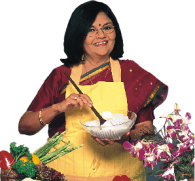
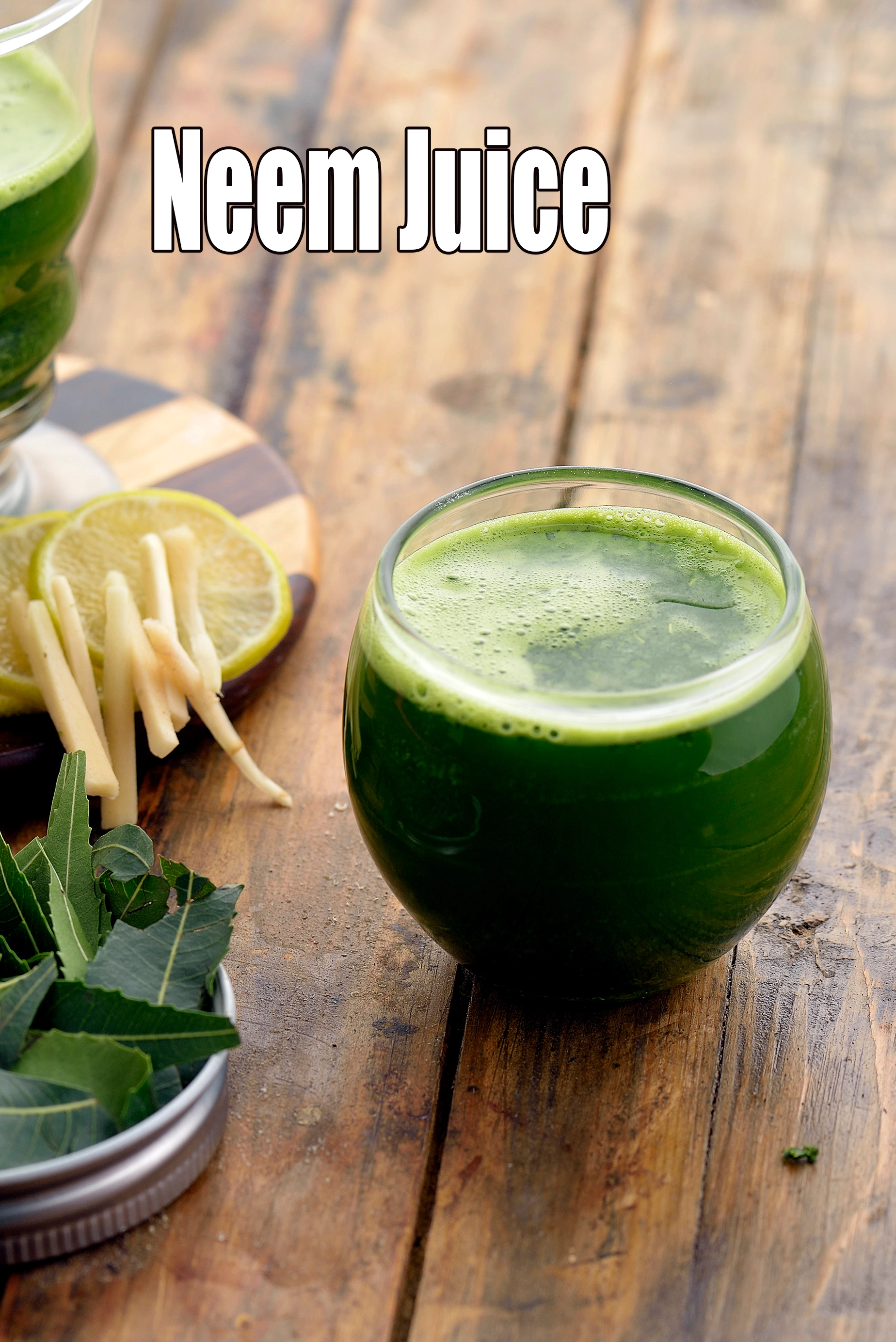
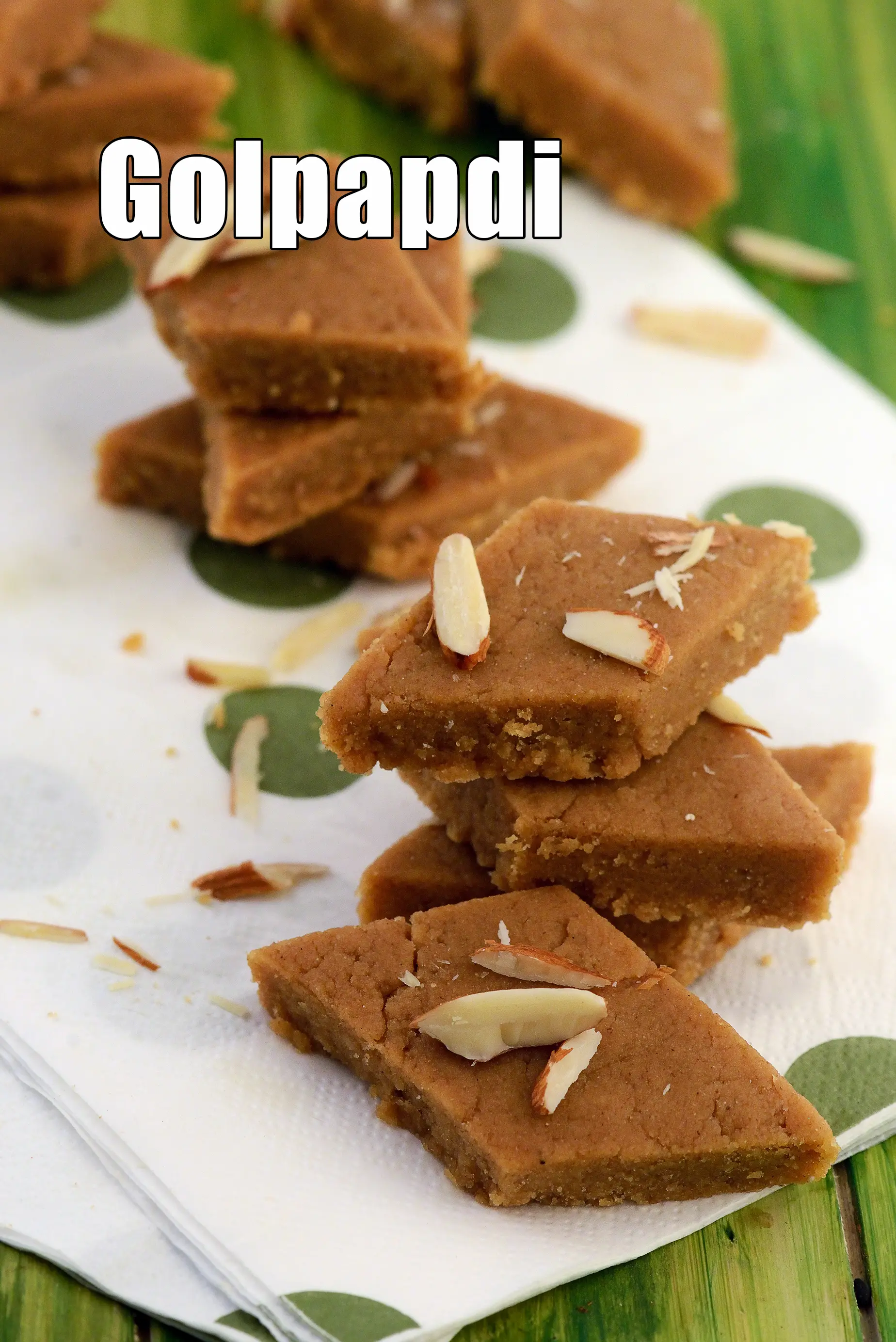
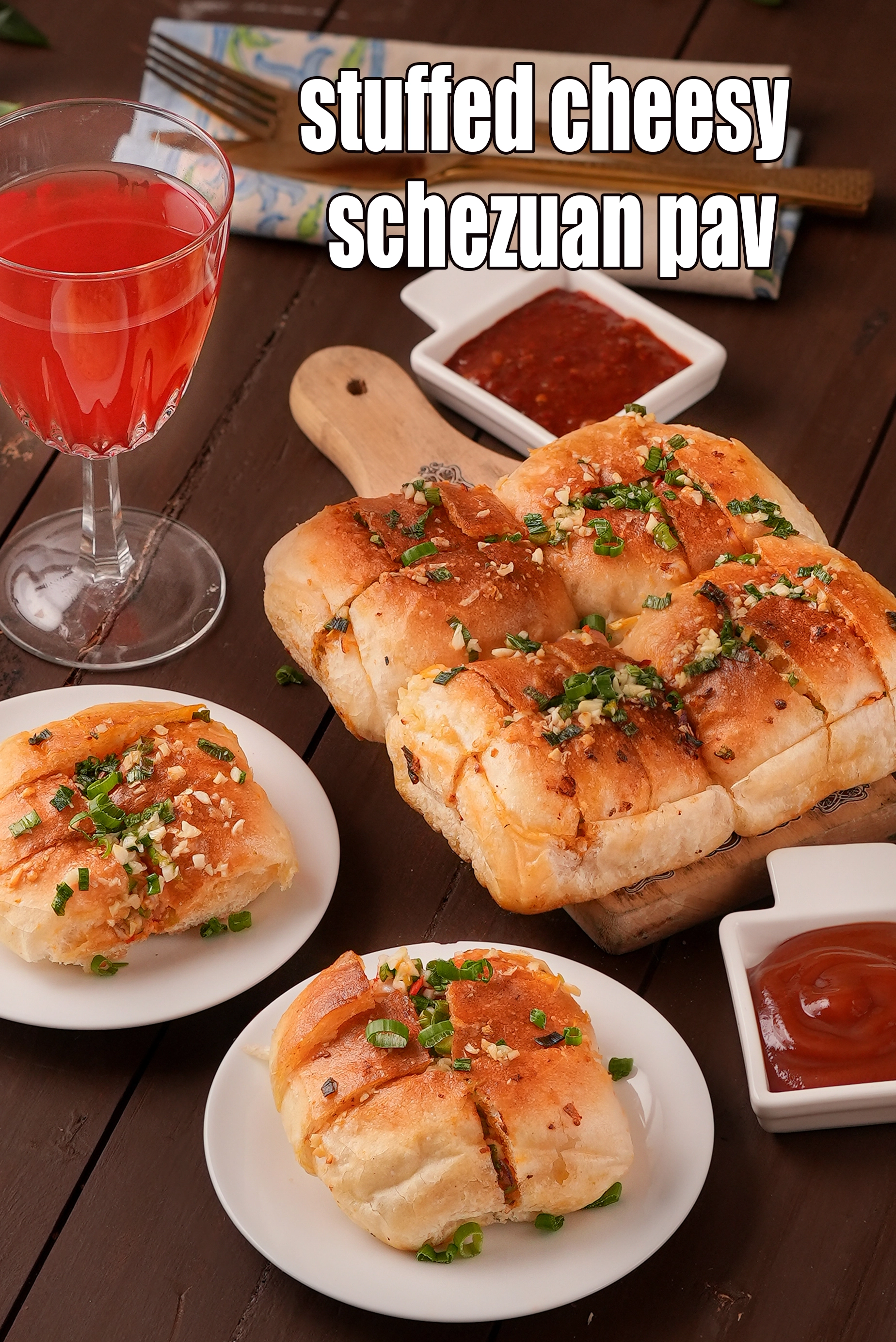
-10876.webp)
